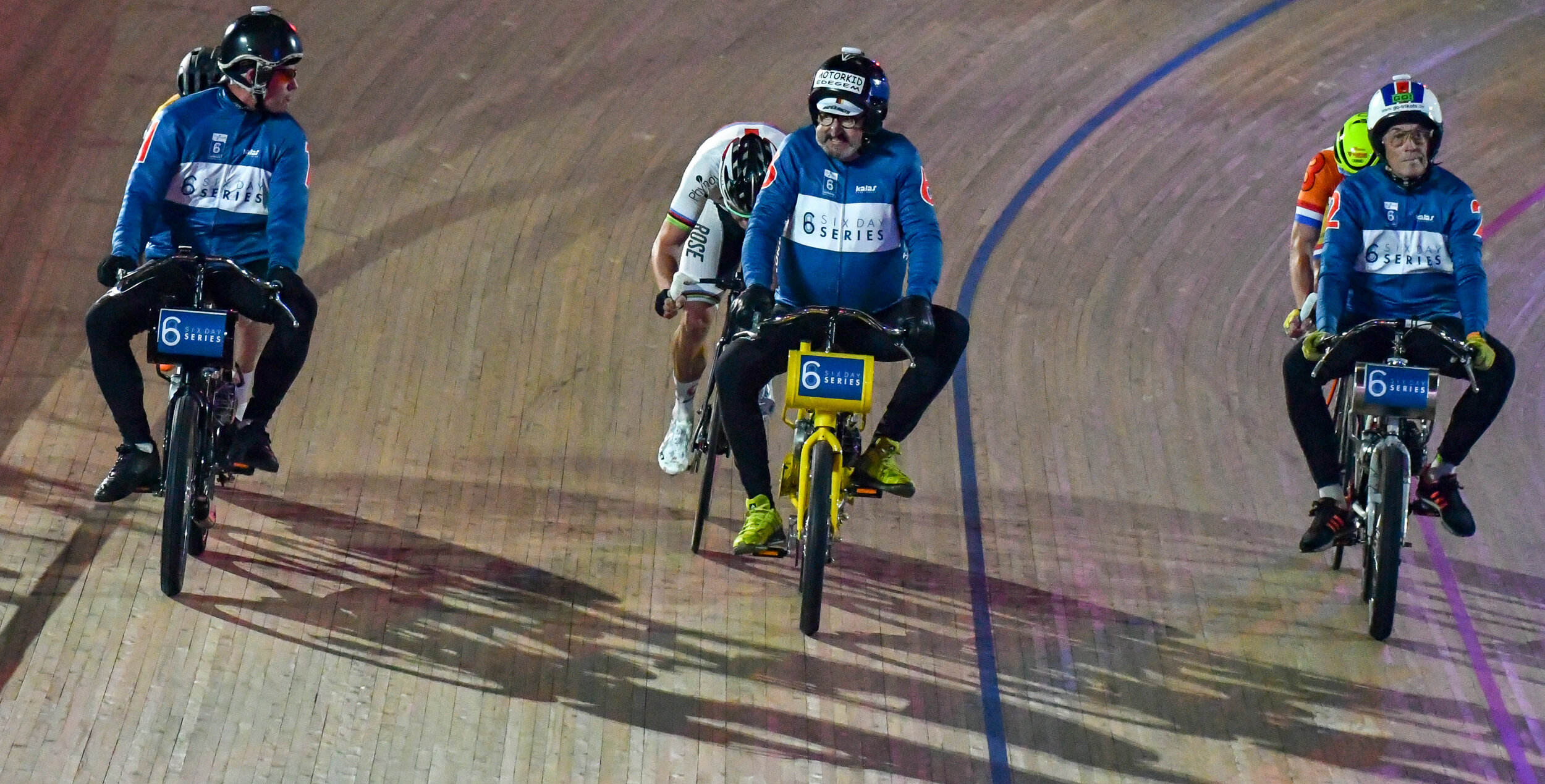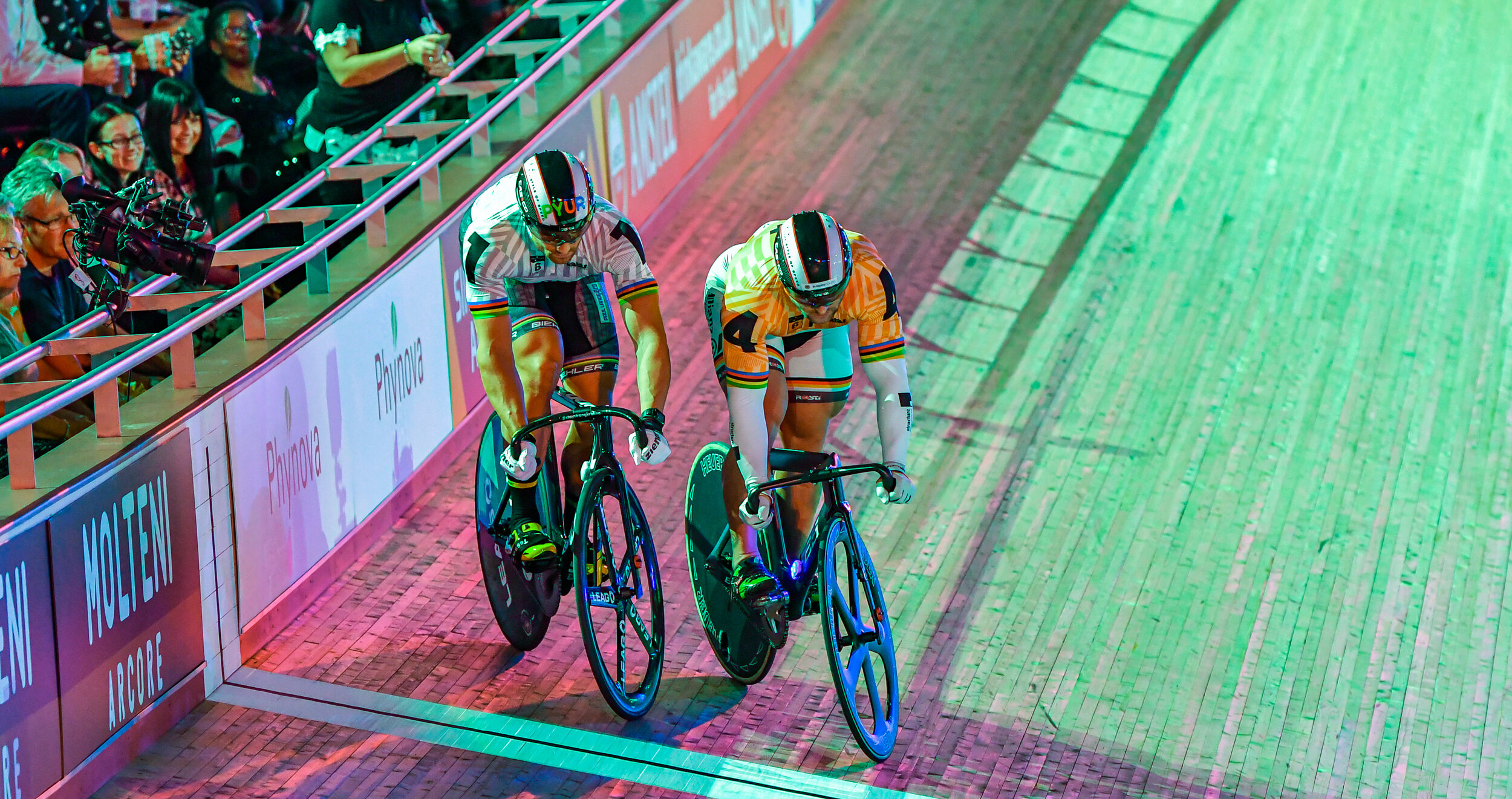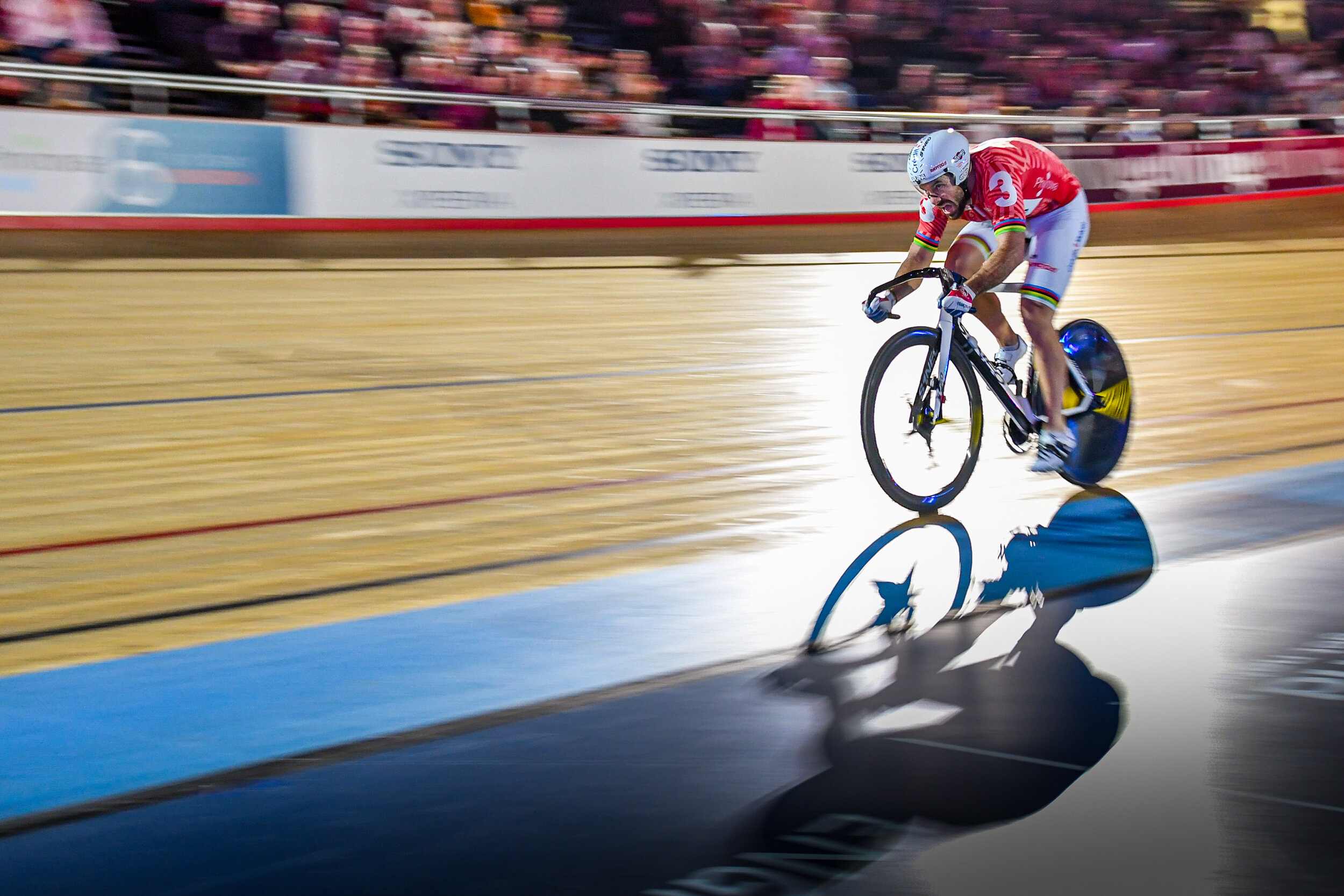How to Photograph Motorsports
(All images copyright Michael Berkeley Photography - no reproduction without permission)
My experience of photographing motorsports comes from a couple of days spent at Thruxton Motorsport Centre in Hampshire back in 2017. This blog complements the one I have already written on How to Photograph Speedway.
Both days at Thruxton were practice – not racing – days, and the first involved touring cars, the second superbikes. The ‘supporting’ races involved different types of car, so there was plenty of excitement and variety, even if there wasn’t the edge that racing provides.
(Nikon D500; 200-500mm at 500mm; f/5.6; 1/3200th sec; ISO 280)
Having never been to Thruxton circuit before, my first task was to recce the available positions from which to take photos. Not having a press pass, I was limited to the public areas, so I walked alongside the track as far I was allowed. I found some good spots, some where the cars or bikes were slowing down for a corner, others where there was a good straight – with uncluttered backgrounds – to take ‘panned’ shots of the cars and bikes at full speed.
It became clear that the best location was at the chicane, which involved a sharp left-hand bend followed closely by a sharp right-hand bend. One of the reasons I knew that this was a good location was the number of photographers there – which gave the game away! I wondered how easy it would have been to find a suitable spot here on a crowded race day, and it also meant that I had to jockey for position (politely of course!) to get an uninterrupted view of the track.
(Nikon D500; 200-500mm at 360mm; f/5.6; 1/2000th sec; ISO 200)
Particularly with the bikes, the chicane allowed images of the riders leaning a long way over in one direction and then immediately back over in the other direction, which produced dramatic images – see above.
As I had not photographed motorsports before, I was unsure what I would find, and I therefore took most of my kit with me. I was using a Nikon D500 at the time and I used the 200-500mm f/5.6 lens (equivalent to 300-750mm on the crop-sensor camera) most of the time, although I did also use the 70-200mm f/2.8 (105-300mm equivalent) lens for variety.
This meant that I was using a monopod much of the time, because the 200-500mm is heavy and difficult to keep steady when hand held. Using the monopod also helped hugely with panning shots (discussed in more detail below).
(Nikon D500; 200-500mm at 500mm; f/5.6; 1/2000th sec; ISO 360)
I set out my ‘standard’ camera settings in my blog on Getting into Sport & Music Photography. I always use Manual and set the Shutter Speed and Aperture, while setting the ISO to Auto within suitable parameters. My ‘default’ settings involve freezing the action, so I would normally open the shutter wide (to give a shallow depth of field) and use a fast shutter speed – see above and below. A ‘wide open’ shutter also helps in being able to shoot through any safety fences.
It was bright and sunny when I visited Thruxton, so I was using shutter speeds of 1/2000th sec and faster for images where I wanted to freeze the action (but see below where I discuss conveying the idea of speed by intentionally blurring the image). With the aperture wide open (f/5.6 on the 200-500mm lens), this meant that the ISO Auto Setting was producing an ISO in the region of 300.
(Nikon D500; 200-500mm at 420mm; f/5.6; 1/2500th sec; ISO 400)
Having said that, motorsport is all about speed and the overriding imperative is to ensure that the photographs reflect this, while trying to tell a story and describing what is going on. It’s possible to convey speed by capturing a car with 2 wheels off the ground, or the angle of the bike leaning right over, or by showing smoke coming from the car’s locked brakes (see the two images above). The fact that the fast shutter speed has frozen the action does not matter so much when the photos are ‘front on’ or from behind, because it is not obvious that the wheels are frozen.
This does, however, become a problem when the photograph is taken from the side, as a ‘frozen’ car or bike will appear unnatural and static. In these instances, it is best to convey the idea of speed by showing that the wheels are turning and blurring the background by ‘panning’, as shown in the image of the car below. This is much more dramatic and full of emotion.
(Nikon D500; 70-200mm at 70mm; f/22; 1/50th sec; ISO 180)
As you will see, the camera setting for this image are completely different. In addition to the slow shutter speed, the camera needs to be set to continuous shooting and a tracking autofocus setting. On my Nikon D500, I used 3D tracking which, when locked on, meant that I didn’t need to worry about the focus – just the motion blur.
The technique of ‘locking’ the focus onto the part of the image that you want in focus, and then moving the camera in a smooth arc to track the object, takes some practice (I discuss this also in my blog on How to Photograph Speedway). I confess to being disappointed at how few usable images I managed to capture at the start, but in the end you only need a few good images to make it worthwhile. The joy of digital cameras is that you can take as many images as you want without worrying about the cost of film – and practice makes perfect!
(Nikon D500; 200-500mm at 410mm; f/8; 1/2000th sec; ISO 450)
Otherwise, the normal rules of composition apply. As a generalisation, it’s good not to have the car or bike right in the middle of the frame (a rule broken in the photo below!), and you should allow it ‘space to move into’. The picture above uses the rule of thirds to give a pleasing view, but it also demonstrates the sort of photograph that is needed in order to ‘tell a story’ with a single image, which is so important with sports photography. It is straightforward to take record or stock shots of individuals drivers or riders but taking a photograph that explains what is going on during the racing is more of a challenge.
(Nikon D500; 200-500mm at 500mm; f/5.6; 1/2000th sec; ISO 280)
In terms of composition, the image above uses the colourful leading line of the bend to draw the eye towards the bike on the corner. I am never sure that taking a photo of somebody’s back – or in the case of equestrian sports, of a horse’s backside – makes for the most attractive of images, but it is always worth trying something different.
It’s important to exploit the lighting conditions, and this may dictate where you want to position yourself in order to get the light coming from the most effective direction. In the image below, the bright sunlight is being reflected back up onto the underside of the bike and the rider, adding also a strong band of light on the rider’s visor.
(Nikon D500; 200-500mm at 500mm; f/5.6; 1/1600th sec; ISO 180)
In almost all my blogs I conclude by saying how much I enjoyed photographing that particular sport and that I can’t wait to get back to do it again. This may just be a personal thing, but I wouldn’t rush back to photograph motorsports. While I do enjoy motorsports – and I thoroughly enjoyed the first half hour of photographing the cars and bikes – I found that it become very repetitive very quickly.
(Nikon D500; 200-500mm at 410mm; f/5.6; 1/2000th sec; ISO 160)
As an example, I enjoyed taking the photograph above, with the car cornering on two wheels. But I soon realised that I was taking the same photograph time and again but just with different cars – see below. This may be fine if you are a ‘petrolhead’ and you want a photograph of every car or bike but, as a photographer, I was wanting something different. The images earlier in this blog where the cars’ brakes have locked and created smoke provide something out of the ordinary.
The other – and even bigger – issue for me is that you cannot normally see the drivers’/riders’ face, because they are (obviously!) wearing helmets. This means that you do not get any of the emotional response that can be achieved with other sports. You can just about make out the face of the rider below, but his expression does not tell a story in the same way that, say, somebody with arms aloft after winning an athletics race would.
(Nikon D500; 200-500mm at 500mm; f/11; 1/100th sec; ISO 100)
Having said all that, I would not wish to put anybody off – give it a go and I am sure that you will have a fantastic time!
If you have enjoyed this blog or if you have any questions/comments, please leave a message in the comments box below.






































